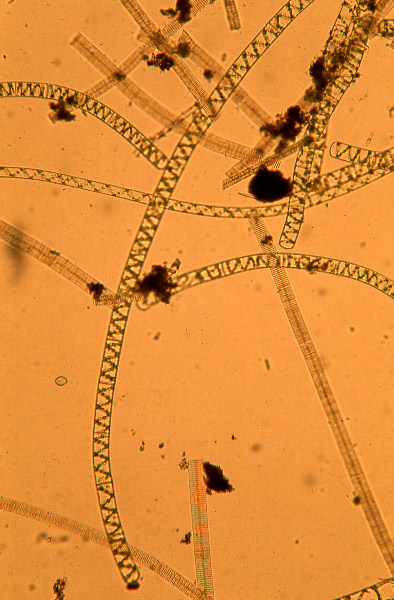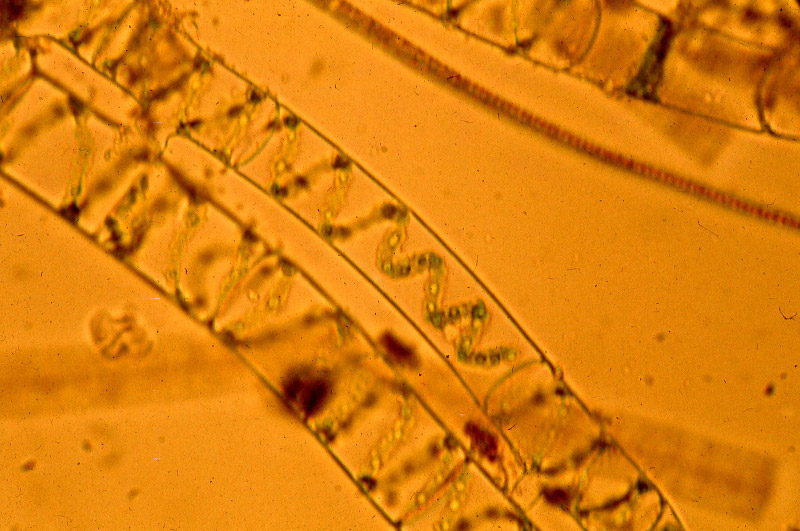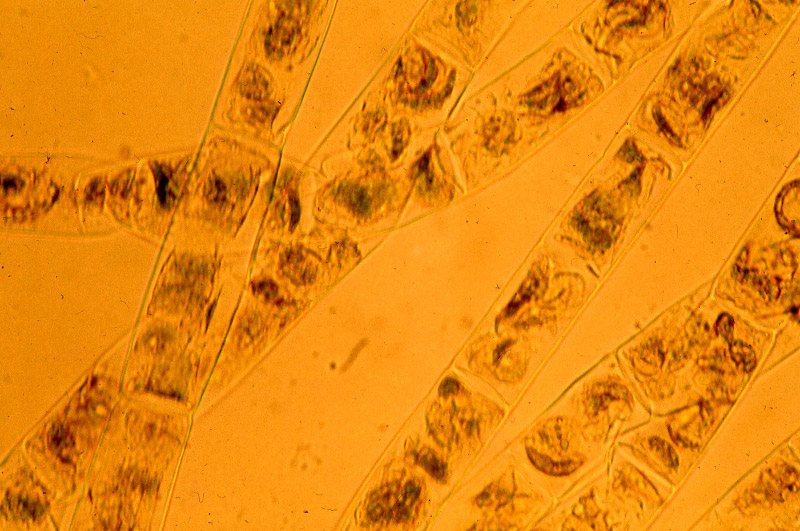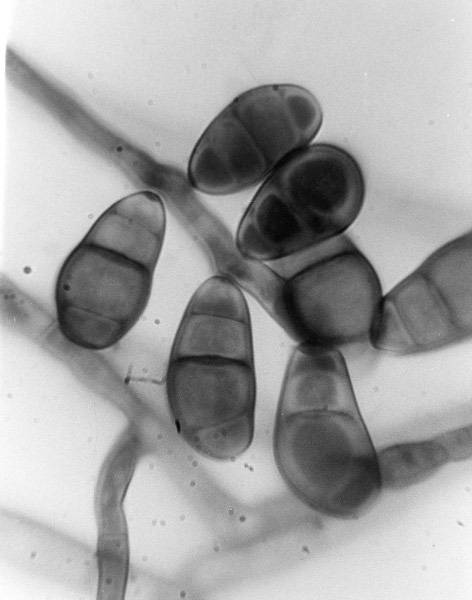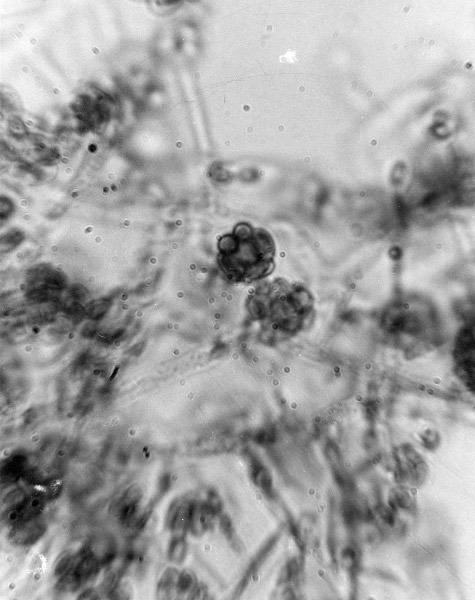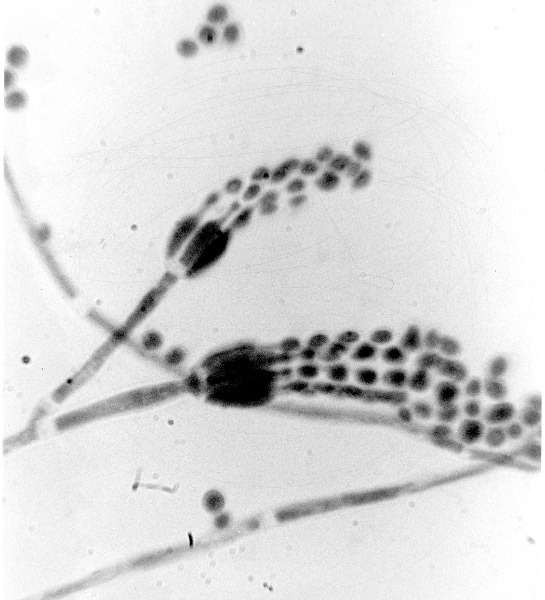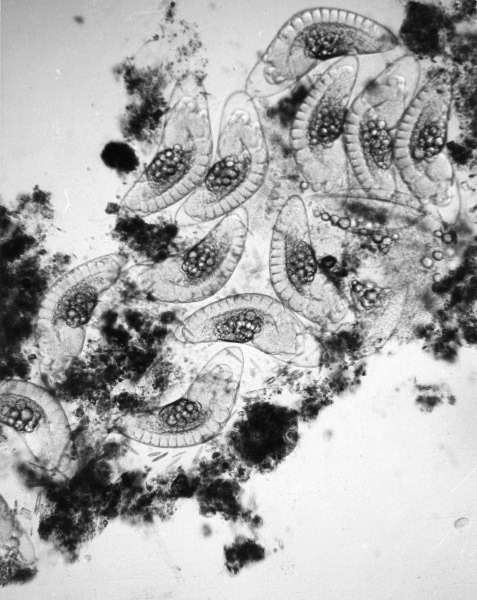Gleanings of the Week Ending August 13, 2016
/The items below were ‘the cream’ of the articles and websites I found this past week. Click on the light green text to look at the article.
Desalination could harm Texas bays – It is important to get intake and discharge points for desalination right to avoid adverse environmental impacts.
What’s changed in genetic since your high school biology – My high school biology was at the very end of the 1960s….a lot has happened since. I’ve taken some classes to update myself but it is always interesting to see a summary of the high points in articles like this.
Maintaining healthy forests takes more than planting trees – What about massive wildfires and invasive forest pests. A healthy forest is a diverse mix of young and old trees, dead trees, and openings. Forest scientists are realizing that homogenous and overgrown forests need to change. A follow-on post talked about technology for foresters in the field.
Humans Never Stopped Evolving – A discussion of more recent human traits.
Strange Minerals from Siberian Mine Are Unlike Anything Found in Nature – Naturally occurring metal-organic frameworks (MOFs)?
Toxic blue-green algae adapt to rising CO2 – This does not bode well for fresh water supplies as the CO2 levels rise.
Protein Packed Produce for Meatless Monday – Meat is not the only food with protein…think veggies too: peas, broccoli, mushrooms, Brussels sprouts, asparagus, artichokes, spinach, kale and cauliflower!
The Best Schools in the World Do This. Why don’t we? – An peek into a report from the National Conference of State Legislatures.
The Neanderthal in the Mirror – A short history of our understanding Neanderthal skeletons....seeing them as more and more ‘human’ over the past century.
PDF Quads (from National Geographic) – National Geographic as a web interface that allows anyone to find any USGS quad for downloading and printing!

